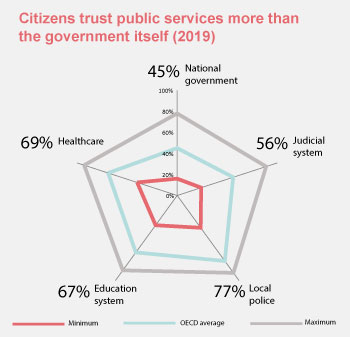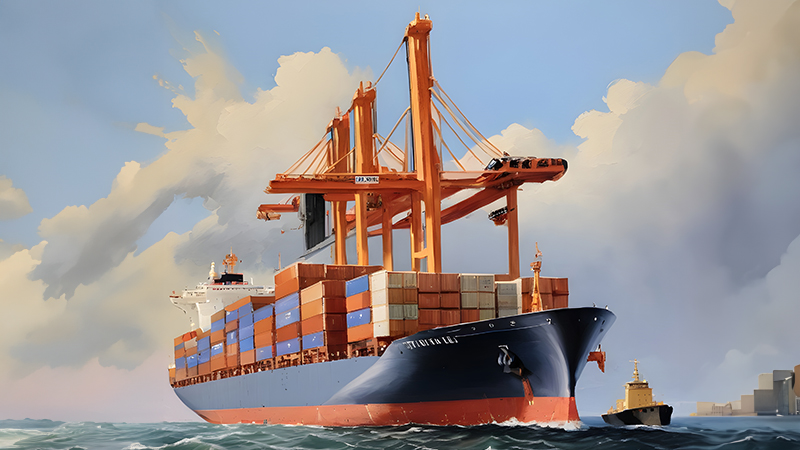
Procurement as a Means to Build Public Confidence


(Pic Courtesy: Kathryn Pollack)
By Kathryn Pollack, Chief Procurement Officer, Government of Saskatchewan (Canadian province)
The public sector has always existed to serve broader public good. Thus, while a few decades ago, the private sector began grappling with concepts like corporate social responsibility, ESG, and the call for businesses to contribute toward the overall betterment of society, these concepts had already been integrated into the functioning of government departments. A public sector business line is never just an economic calculation.
This is also the case with government procurement, although this issue has some nuances. Until relatively recently, government purchasing tended to mostly focus on price; the lowest price was considered as the best outcome for the citizen. The approach to public procurement has undergone a significant evolution over the past several decades.
Rising public expectations, trade agreement obligations, and scandals that have shed a light on procurement gone wrong have shifted public procurement into a new style of operation.
According to an OECD report, public procurement represents 12 percent of the GDP in OECD countries; thus, it is a key economic activity. The volume of government purchasing ranges from 5.1 percent of the GDP in Mexico to 20.2 percent in the Netherlands. (1)
Total global public procurement is valued at about $9.5 trillion; however, according to a World Bank report that cited data from the United Nations Office on Drugs and Crime, 10 to 25 percent of a public contract’s overall value may be lost due to corruption.(2)
The large volume of transactions exposes public procurement to various risks including waste, mismanagement, and corruption throughout the whole procurement cycle. In contrast, the large buying power of governments (federal, state, and local) can be leveraged to produce a better impact on the broader economy.
The Canadian Experience
In the Canadian context, governments are subject to trade agreement obligations. These agreements have chapters relating to procurement that call for open, fair, and transparent competition for purchases above certain thresholds.
All levels of government must post competitions publicly in a manner that is accessible to any interested supplier (i.e., a publicly accessible website). Competition results must also be posted publicly. These obligations make the entire purchasing cycle more conducive to transparency.
There are certain other pressures that complement this procurement approach
- The first pressure involves rising public expectations regarding the conduct of government business. Citizens expect ethical and transparent behavior from both their elected representatives and the bureaucracy. While these expectations have always existed, they have become heightened over the years as access to information and public scrutiny has increased.
- The second pressure has emerged because of very public examples of procurement gone wrong. In Canada, at the federal level, there have been examples of large government procurements that were not tendered competitively or that led to negative outcomes for citizens. These have, rightly, aroused frustration amongst the public and led to demands for the government to do better.
Government purchasing is interesting, complex, and dynamic. Public entities purchase a wide range of goods, services, technologies, large construction projects, infrastructure development, and so on.
Furthermore, a high degree of public attention is often directed toward specific competitions, particularly in large-value procurement. There has also been a shift away from low-price to best-value procurement, similar to what has occurred in the private sector.
Generally, when awarding procurement, governments now look at total cost of ownership, vendor performance, safety, and even how a vendor’s approach to a project can bring greater benefits -- including apprenticeship opportunities as an example.
Public Confidence is the Key
Thus, we reach the crux of this article: Government procurement, when well-executed, is a perfect tool for building public confidence.
According to an OECD study, only 45 percent of people trusted their respective governments in 2019. This result was derived in the year before the COVID-19 pandemic outbreak, and we must wait and watch how various governments' handling of the pandemic worldwide will affect this perception. (3)
Governments' ability and reliability in delivering public services and anticipating new needs are crucial for boosting trust in institutions.
The chart below shows that the public has more faith in public services compared to federal governments.

Public confidence is an essential element in well-functioning democratic societies. Trust in public institutions forms an essential part of how citizens view their government.
This factor reveals whether citizens believe that the government and its various agencies are acting in their best interest. Without public trust and public confidence, the very legitimacy of the government can be questioned.
At its core, building public trust involves ensuring transparency and fairness in how governments conduct important functions. These functions are processes such as how large developments are approved, the application of taxation, rights to explore and produce natural resources and, of course, how purchasing is carried out.
In fact, opaque procurement processes and lack of integrity not only undermine government decisions but also diminish public trust in other government processes. In contrast, public procurement can play a crucial role in building citizens' confidence by offering a roadmap with transparency, accountability, and periodic reporting of the outcomes of expenditures incurred on various goods and services.
Public Procurement = Tax Payers’ Money
Government purchasing is, in essence, the spending of tax payers’ money. There is a powerful correlation between the transparency requirements we see in trade agreements with rising public expectations. This positions procurement as a tool for the government to demonstrate transparency and ethical behavior. Over time, this transparency can be translated into trust, which ultimately builds public confidence.
Of course, this is not a one-time process. Transparency and integrity must be exercised consistently to build and maintain public confidence. I truly believe that the function of procurement and how it is conducted can be a pillar of transparent and ethical government, which, in turn, can strengthen democracy.
In the Saskatchewan context, there are several ways in which we have observed the effect of this increased transparency in the public sector.
- All public sector competitions and awards above certain thresholds are advertised in a central location so that the vendor community has direct access to all competitions including the final result.
- Vendor debriefs, which share information about the strengths and opportunities of a specific proposal, give vendors the opportunity to engage directly with the procurement team to improve their performance in future competitions.
- Training is provided to industry stakeholders to help them understand how the procurement process works and how proposals are assessed and evaluated.
Of course, we can always do more as a function to contribute toward increasing public trust. Some ideas include developing specific KPIs for transparency and ethics, engaging the public directly in feedback provision regarding project outcomes, and increasing public reporting.
That being said, I truly believe that public sector procurement professionals are leading the industry in ethics, transparency, and innovation and that "procurement done right" can provide an opportunity for governments to build public confidence.
Note: Kathryn Pollack is the Chief Procurement Officer of the Government of Saskatchewan. The views expressed herein are strictly those of the author.
Related Insights:
View All
Get more stories like this
Subscirbe for more news,updates and insights from Beroe






